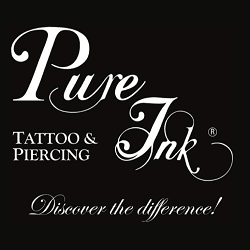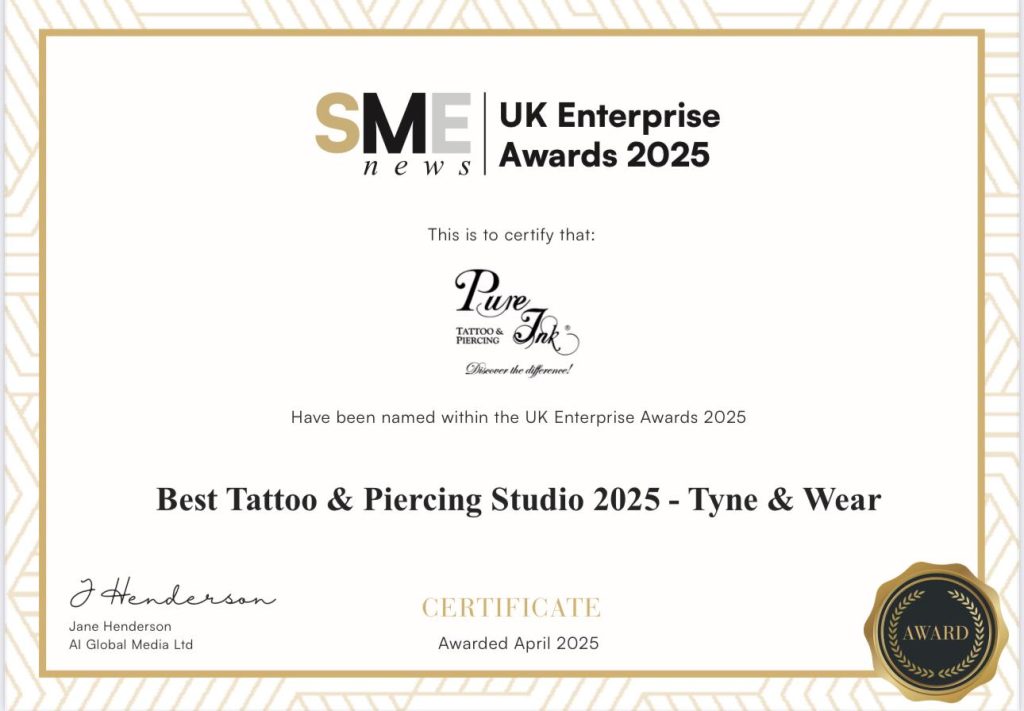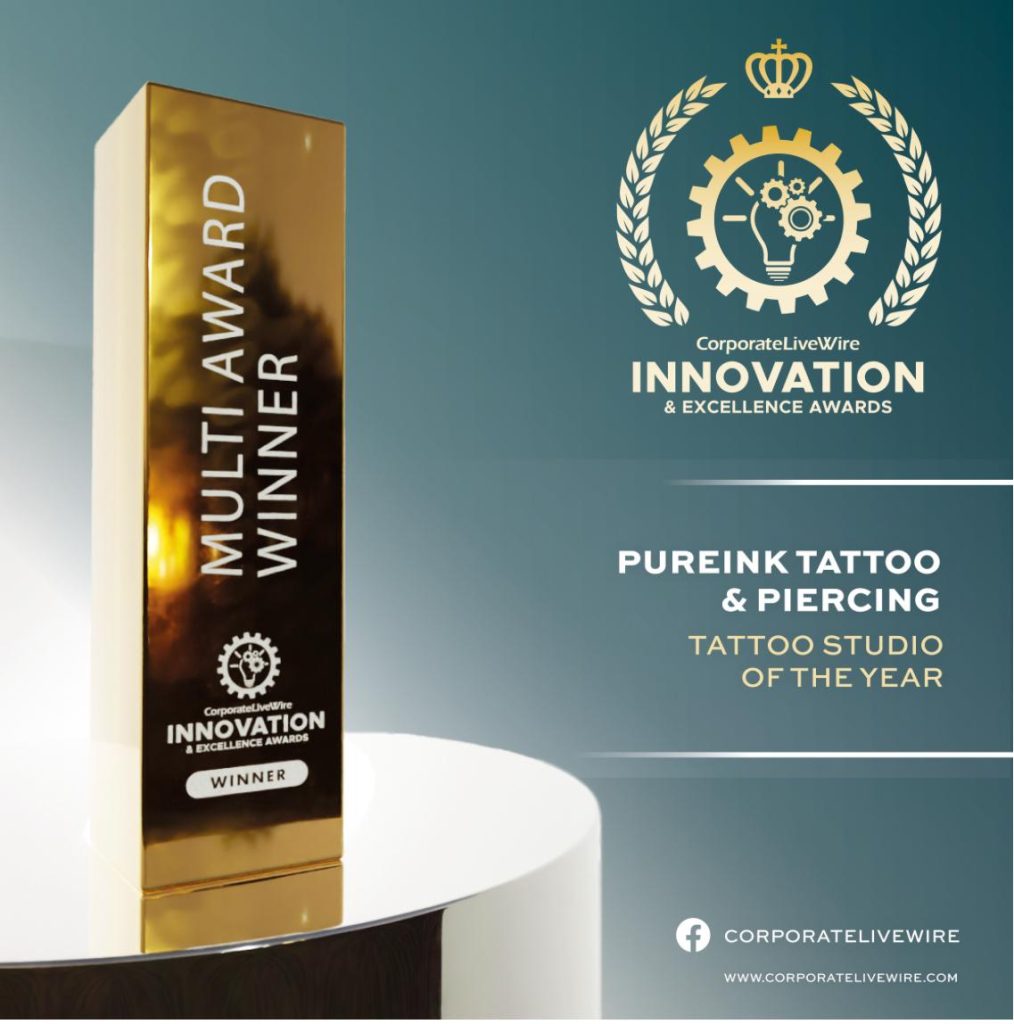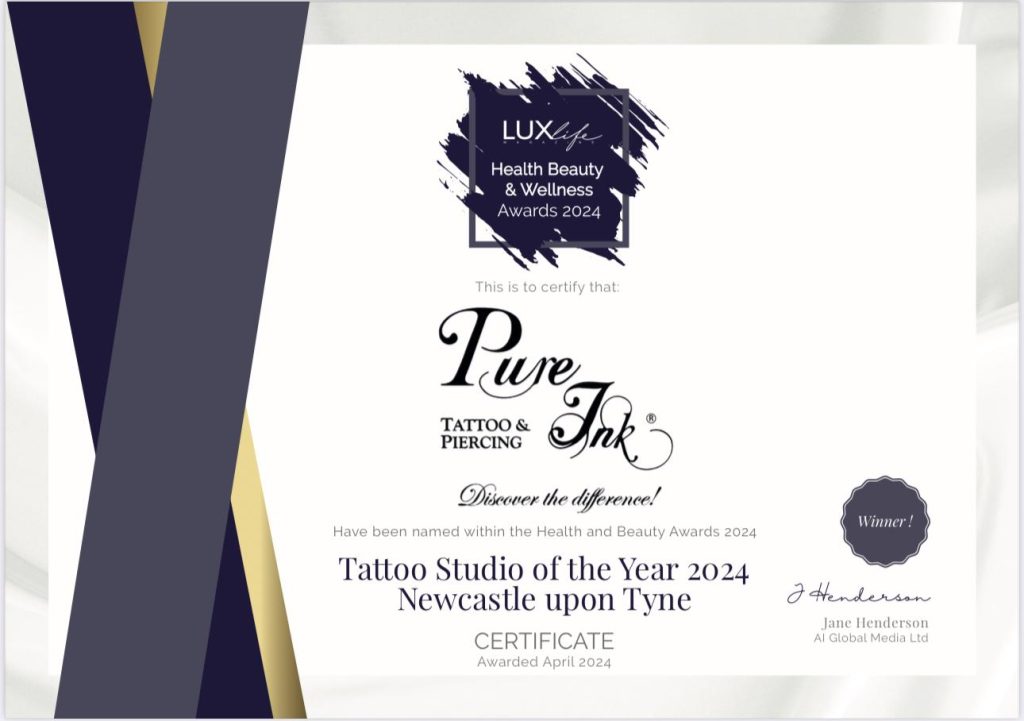Understanding Piercing Prices: A Guide to Affordable Body Art in 2025
Getting a piercing can be an exciting experience, but one question often lingers: how much will it cost? Understanding piercing prices is essential for anyone considering this form of self-expression. Prices can vary widely based on factors like the type of piercing, the studio’s location, and the experience of the piercer.
In my journey through the world of body art, I’ve found that being informed helps make the right choice. Whether you’re eyeing a simple earlobe piercing or something more intricate, knowing the average costs can save you time and money. Let’s dive into the factors that influence piercing prices and what you can expect when you walk into a studio.
Understanding Piercing Prices
Understanding piercing prices is essential for anyone considering body art. Various factors impact the overall cost, leading to a wide price range for different types of piercings.
Factors Influencing Piercing Prices
Several factors influence piercing prices. These include the following:
- Type of Piercing: Standard piercings like earlobes usually cost less than specialised piercings, such as cartilage or dermals.
- Studio Location: Piercing studios in urban areas often charge higher prices due to increased operational costs compared to those in smaller towns.
- Piercer’s Experience: Highly skilled piercers, often with years of training, tend to charge more for their expertise and reputation.
- Jewellery Quality: The material of the jewellery can significantly affect the price; high-quality materials like titanium or gold generally lead to higher costs.
- Promotions: Some studios run promotional offers or discounts, which can lower the overall cost of a piercing.
Types of Piercings and Their Costs
Piercings vary greatly in style and cost. Here’s a breakdown of several common types and their typical prices in the UK:
| Piercing Type | Average Cost (GBP) |
| Earlobe Piercing | 20 – 40 |
| Cartilage Piercing | 30 – 50 |
| Nose Piercing | 25 – 45 |
| Lip Piercing | 30 – 60 |
| Navel Piercing | 30 – 50 |
| Eyebrow Piercing | 30 – 50 |
| Dermal Anchors | 40 – 80 |
Being informed on piercing types and their corresponding costs can assist in making the right decisions when visiting studios.
Average Piercing Prices
Understanding average piercing prices helps when considering body art. Prices differ based on various factors, including the type of piercing, studio location, and the piercer’s experience.
Standard Body Piercings
Standard body piercings, such as earlobe and nostril piercings, typically range from £20 to £80. Common examples include:
- Earlobe piercings: £20-£40
- Nostril piercings: £30-£50
- Septum piercings: £40-£60
- Belly button piercings: £40-£70
Studios like Urban Body and Piercing Paradise offer competitive rates for these standard piercings. Expect to pay a little more for high-quality jewellery.
Unique and Specialist Piercings
Unique and specialist piercings usually command a higher price due to their complexity and specialised techniques. Examples of such piercings include:
- Dermal anchors: £40-£80
- Surface piercings: £50-£90
- Industrial piercings: £50-£100
- Labret piercings: £40-£70
Specialist studios like The Piercing Studio and London Ink tend to charge slightly more for these unique piercings. Always ensure the piercer is experienced with your desired piercing type to ensure safety and satisfaction.
Hidden Costs of Piercings
Getting a piercing often entails costs beyond the initial price of the procedure. Being aware of these hidden costs helps in budgeting effectively for body art.
Aftercare Products
Aftercare plays a crucial role in the healing process of piercings. I’m often surprised by how quickly costs can add up. For example, antiseptic solutions, healing creams, and specialised jewellery cleaners typically range from £5 to £30. Each product’s price can vary based on brands and ingredients. It’s vital to invest in quality aftercare products to prevent infection and ensure proper healing.
Touch-Up Fees
Occasionally, touch-up fees apply when piercings don’t heal as expected. Factors like improper aftercare or sensitivity can lead to complications. Many studios charge between £10 and £30 for a touch-up, depending on the type of piercing and the required work. Being aware of these potential additional costs helps in planning both financially and for the overall healing journey.
Finding Affordable Piercing Options
Piercing costs can add up, making it essential to explore affordable options. Here are some ways to find budget-friendly piercing services.
Promotions and Discounts
Many piercing studios offer promotions that make their services more affordable. I often check local studios for seasonal discounts, student offers, or package deals. For instance, during special events or holidays, shops like Silver Needle provide piercing deals that can cut costs significantly. Subscribing to newsletters from studios can provide exclusive discount codes as well.
Choosing the Right Studio
Selecting the right studio impacts both quality and price. I recommend researching reputable studios with experienced piercers who also offer fair pricing. Checking online reviews and social media can help gauge the studio’s reputation. For example, studios like Body Art Haven well-known for their skilled practitioners, may charge slightly more but offer superior service and quality. Opt for studios that showcase their safety standards along with their prices. Always prioritise hygiene and professionalism over cost alone to ensure a satisfying experience.
Key Takeaways
- Understanding piercing prices is crucial for anyone considering body art, as costs can vary significantly based on multiple factors.
- The type of piercing affects pricing; standard piercings like earlobes are generally cheaper than specialised ones like dermals or industrials.
- Studio location and the experience level of the piercer play significant roles in determining the overall cost of a piercing.
- Hidden costs, such as aftercare products and possible touch-up fees, should be accounted for when budgeting for a new piercing.
- To find affordable options, look for promotional offers and discounts at local piercing studios while ensuring they maintain high hygiene and safety standards.
Conclusion
Understanding piercing prices is essential for anyone considering body art. With various factors influencing costs it’s crucial to do your research to avoid unexpected expenses. Quality jewellery and aftercare products shouldn’t be overlooked as they play a significant role in your overall experience.
I’ve found that investing in an experienced piercer is worth it for peace of mind and a smoother healing journey. Keep an eye out for promotions and discounts to make your piercing more affordable. Ultimately being informed empowers you to make the best choices for your body art journey.
Frequently Asked Questions
What factors influence piercing costs?
The cost of a piercing can vary based on several factors including the type of piercing, the location of the studio, the experience of the piercer, the quality of the jewellery, and any available promotions. Understanding these elements can help you anticipate the potential costs.
How much do common piercings cost in the UK?
Common piercings in the UK generally range from £20 to £80. For instance, earlobe piercings typically cost between £20 and £40, nostril piercings range from £30 to £50, while belly button piercings usually cost between £40 and £70.
Are there hidden costs associated with piercings?
Yes, there can be hidden costs such as aftercare products and touch-up fees. Aftercare can cost between £5 and £30, while touch-up services may range from £10 to £30, especially if additional care is needed for healing.
How can I find affordable piercing options?
To find affordable piercing options, look for studios offering promotions or discounts, such as seasonal deals or student offers. Subscribing to newsletters can also provide exclusive discounts. Always prioritise hygiene and professional experience over pricing alone.
Why is aftercare important for piercings?
Aftercare is vital for the healing process as it helps prevent infections and complications. Investing in quality aftercare products, such as antiseptic solutions and healing creams, is essential for ensuring your piercing heals correctly and safely.










